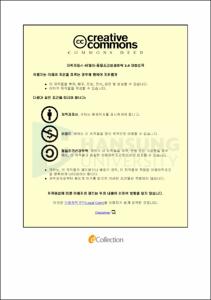음악에서의 시간분할을 응용한 시각적 공간분할 실험에 관한 연구
= The experiment applying the time division in music to the visual space division
- Files in This Item:
-
-
Download
 000000357561.pdf
기타 데이터 / 2.76 MB / Adobe PDF
000000357561.pdf
기타 데이터 / 2.76 MB / Adobe PDF
-
Items in Repository are protected by copyright, with all rights reserved, unless otherwise indicated.